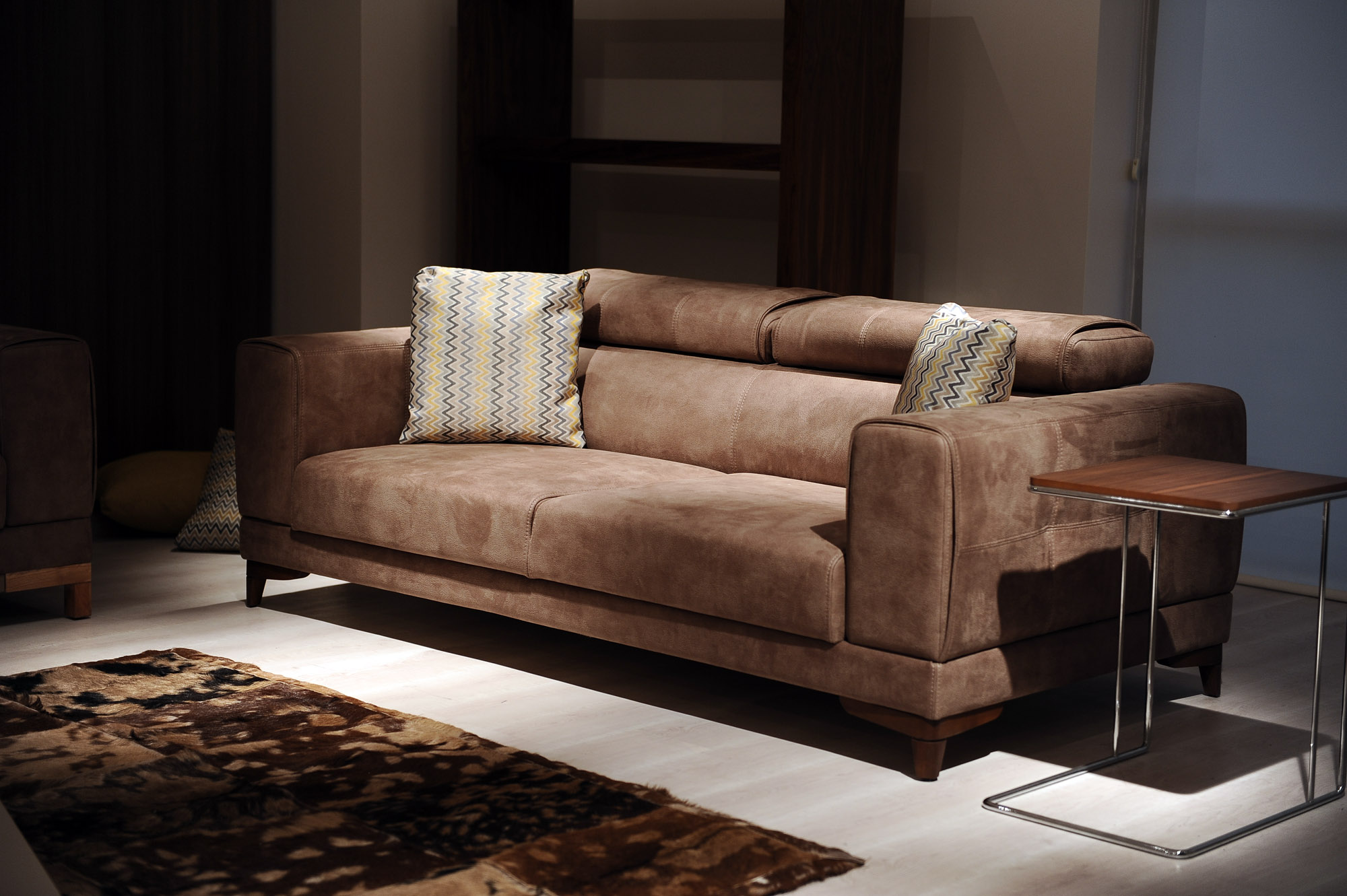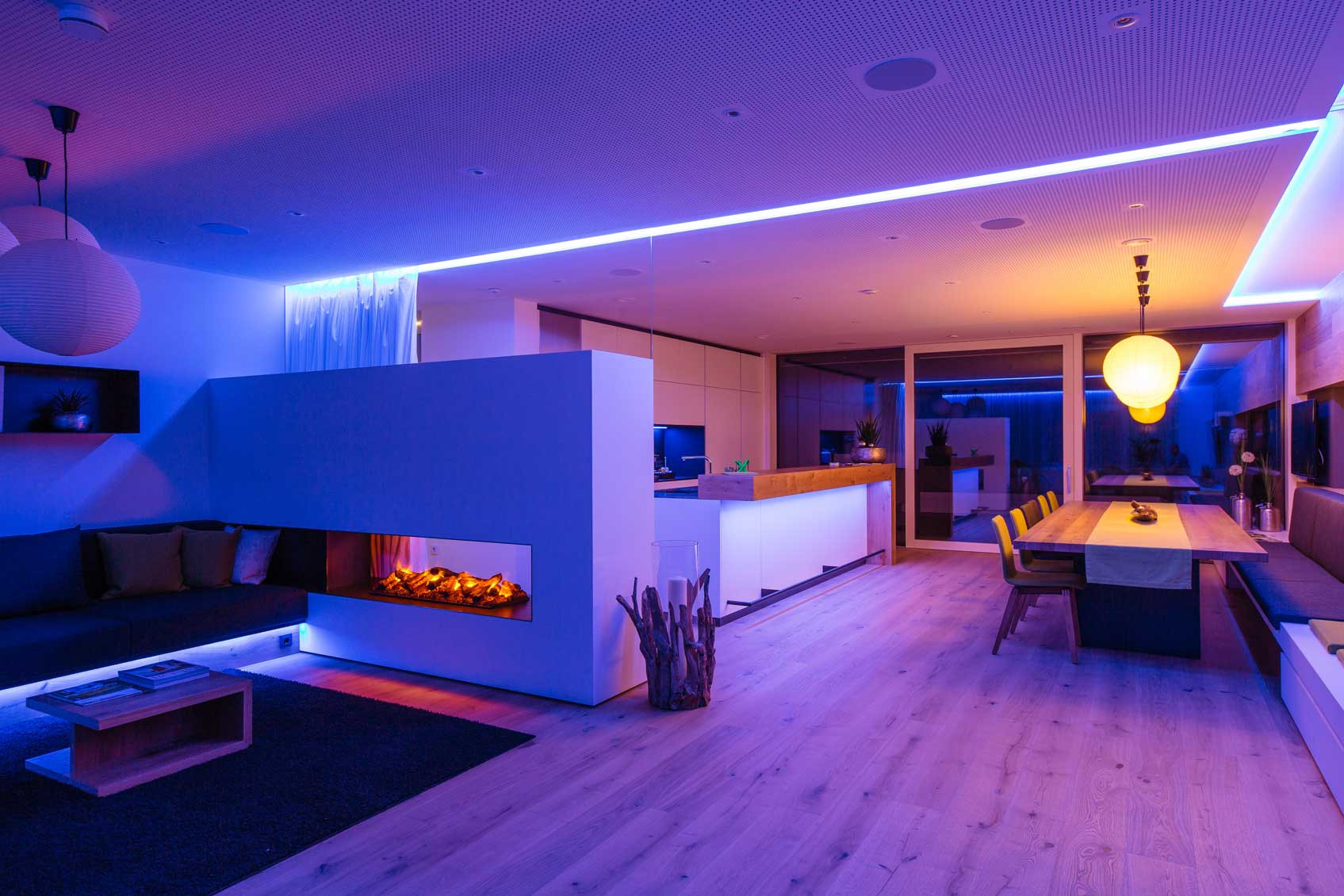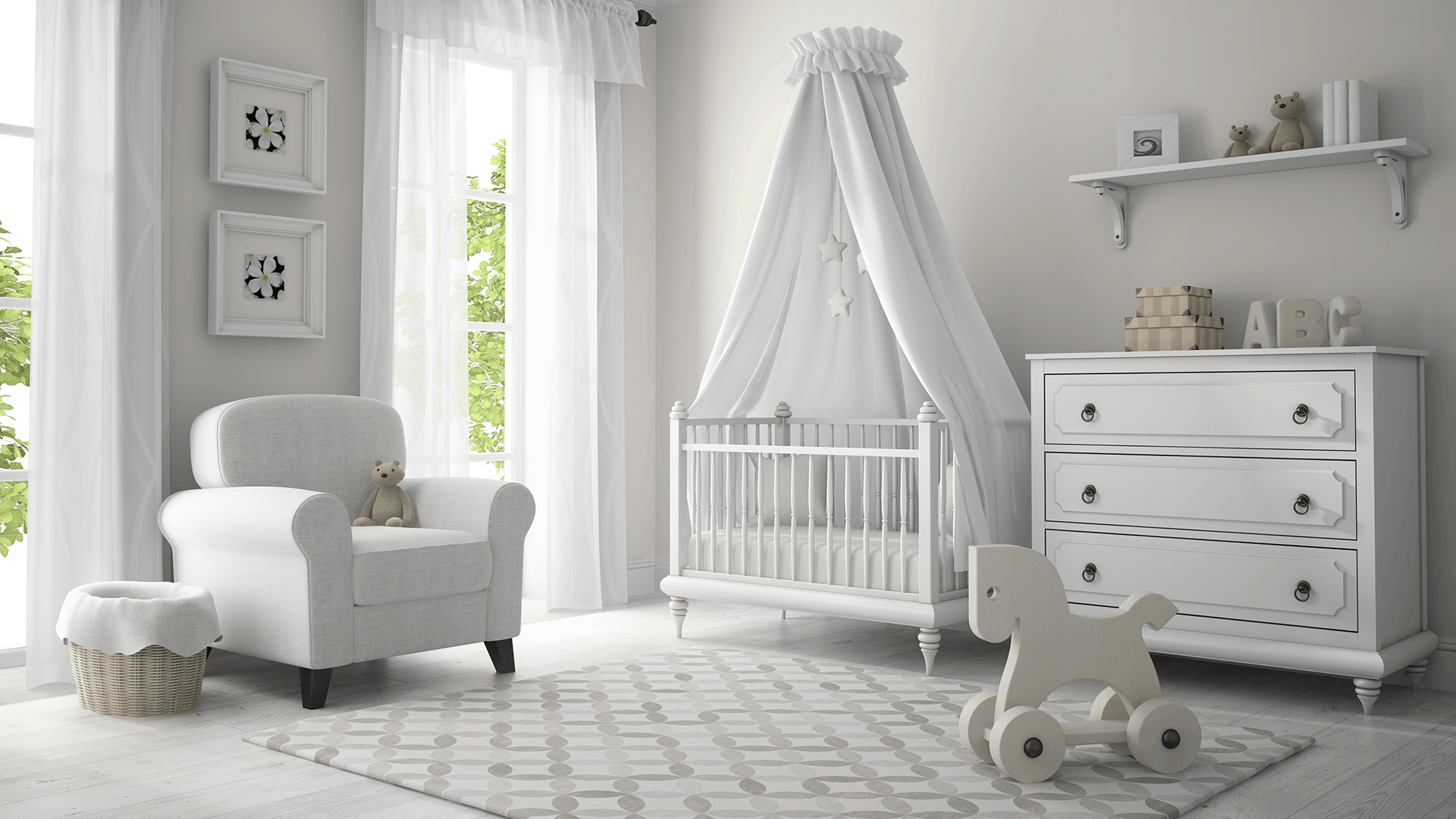The dining room table is often the centerpiece of a home. It's where families gather to share meals, host dinner parties, and create memories. But choosing the right size table for your dining room can be a daunting task. With so many options available, it's important to understand the proportions and dimensions that will work best for your space. In this guide, we'll discuss everything you need to know about dining room table proportions and how to choose the perfect size for your home. Dining Room Table Proportions: A Guide to Choosing the Right Size
Before you start shopping for a dining room table, it's important to measure your space and consider your needs. Start by measuring the length and width of your dining room. Most experts recommend leaving at least three feet of space around the table for easy movement and comfortable seating. Next, think about your lifestyle and how you will use the table. Do you frequently host large dinner parties or prefer intimate family meals? Will the table also serve as a workspace or gathering place for children's activities? These factors will influence the size and shape of the table that will best fit your needs. How to Measure and Choose the Perfect Dining Room Table
Proportions play a crucial role in the overall design and functionality of a dining room table. The right proportions can create a balanced and harmonious look while also ensuring comfort and ease of use. A table that is too large for the room can make the space feel cramped and awkward, while a table that is too small can make gatherings feel disjointed and uncomfortable. Additionally, proportions can also impact the overall aesthetic of the room. For example, a long, narrow table may be more suitable for a modern, minimalist space, while a round table with a pedestal base can add a touch of elegance and intimacy to a traditional dining room. The Importance of Proportions in Dining Room Table Design
When it comes to choosing the right proportions for your dining room table, there are a few tips to keep in mind. First, consider the shape of your dining room. A rectangular or oval table may be more suitable for a longer, narrower room, while a square or round table can work well in a more compact space. Next, think about the number of people you want to be able to seat comfortably. As a general rule, each person should have at least 24 inches of table space. This means a table that is 36 inches wide can comfortably seat six people. It's also important to consider the height of the table in relation to your chairs. The standard height for a dining room table is 30 inches, but if you have taller chairs, you may want to opt for a slightly higher table to ensure everyone is comfortable. Tips for Finding the Ideal Dining Room Table Proportions for Your Space
While there is no one-size-fits-all solution for dining room table proportions, there are some standard dimensions that can serve as a helpful guide. Rectangular tables typically range from 36 inches to 40 inches wide and 60 inches to 108 inches long. Square tables are usually between 36 inches and 44 inches on each side. Round tables can vary in size but are often between 36 inches and 60 inches in diameter. It's also important to consider the height of the table in relation to your chairs. The standard height for a dining room table is 30 inches, but if you have taller chairs, you may want to opt for a slightly higher table to ensure everyone is comfortable. Understanding the Standard Dimensions for Dining Room Tables
The size of your family should also be a consideration when choosing the perfect dining room table. To determine the ideal size for your needs, consider the average number of people who will be using the table on a regular basis. If you have a family of four, a table that is 36 inches wide and 60 inches long should provide enough space for comfortable dining. However, if you frequently host guests or have a larger family, you may want to opt for a longer table or consider adding extension leaves for additional seating options. How to Calculate the Ideal Dining Room Table Size for Your Family
While aesthetics are important, it's crucial to also consider the comfort and functionality of your dining room table. The right proportions can make all the difference in creating a comfortable and inviting space for dining and entertaining. As mentioned earlier, each person should have at least 24 inches of table space, but it's also important to consider the space between the edge of the table and the back of the chair. This should be at least 12 inches to allow for easy movement and comfortable seating. The Impact of Dining Room Table Proportions on Comfort and Functionality
The proportions of your dining room table should also complement the style and decor of your space. A modern dining room may benefit from a sleek, rectangular table, while a farmhouse-style dining room may call for a round or oval table with a rustic finish. It's also important to consider the materials and finishes of the table in relation to the rest of the room. For example, a glass table may not be the best choice for a home with young children, while a wooden table can add warmth and texture to a space. Choosing the Right Dining Room Table Proportions for Different Styles of Decor
When it comes to choosing the right proportions for your dining room table, there are some common mistakes to avoid. One of the biggest mistakes is choosing a table that is too large for the space. This can make the room feel cramped and uncomfortable for guests. Another mistake is not considering the height of the table in relation to the chairs, which can lead to uncomfortable dining experiences. It's also important to avoid overcrowding the table with too many chairs, as this can make it difficult for guests to move and reach their food comfortably. Common Mistakes to Avoid When Selecting Dining Room Table Proportions
In conclusion, dining room table proportions play a crucial role in the overall design and functionality of a dining room. By understanding your space and considering your needs, you can choose the perfect size and shape table that will not only look great but also provide comfort and functionality for years to come. Remember to measure your space, consider the number of people you want to seat, and choose a table that complements your style and decor. With the right proportions, you can create a balanced and harmonious dining room that will be the heart of your home. The Role of Proportions in Creating a Balanced and Harmonious Dining Room
The Importance of Choosing the Right Dining Room Table Proportions
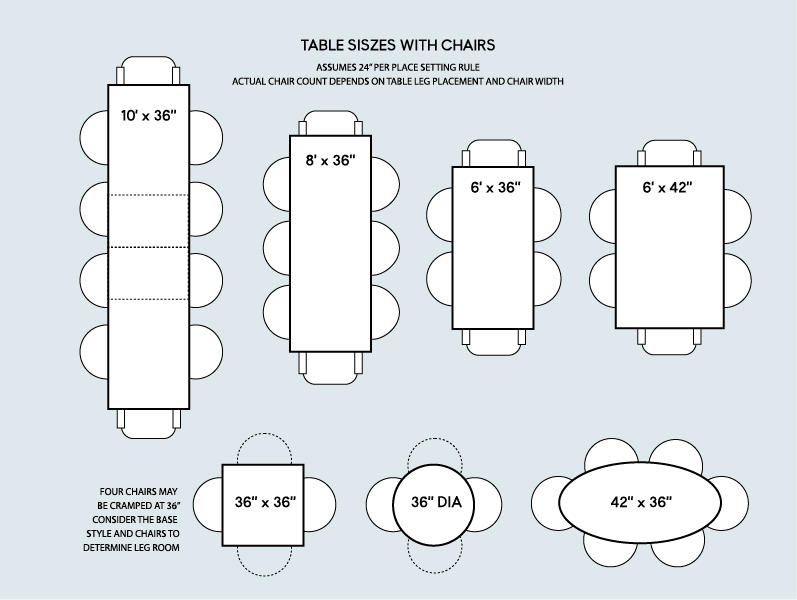
Creating a Functional and Harmonious Space
 When it comes to designing a dining room, the dining room table is often the focal point and the most important piece of furniture in the space. It not only serves as a place to gather and eat meals, but it also sets the tone for the entire room. Choosing the right dining room table proportions is crucial in creating a functional and harmonious space.
Proportions
refer to the relationship between the size and scale of different elements in a room. When it comes to dining room tables, the
proportion
of the table to the room is key. A table that is too large for the room can make the space feel cramped and uncomfortable, while a table that is too small can make the room feel empty and uninviting.
When it comes to designing a dining room, the dining room table is often the focal point and the most important piece of furniture in the space. It not only serves as a place to gather and eat meals, but it also sets the tone for the entire room. Choosing the right dining room table proportions is crucial in creating a functional and harmonious space.
Proportions
refer to the relationship between the size and scale of different elements in a room. When it comes to dining room tables, the
proportion
of the table to the room is key. A table that is too large for the room can make the space feel cramped and uncomfortable, while a table that is too small can make the room feel empty and uninviting.
Making the Most of Your Dining Space
Creating Balance and Visual Appeal
 Aside from functionality, dining room table proportions also play a role in the overall aesthetic of the room. A table that is too small for the space can look lost and out of place, while a table that is too large can overwhelm the room.
Balance
is key in creating a visually appealing dining space.
Consider the other elements in the room, such as lighting fixtures, chairs, and decor, and how they complement the size and shape of the table. A
harmonious
balance between these elements will create a cohesive and inviting dining room.
In conclusion, choosing the right dining room table proportions is essential in creating a functional, visually appealing, and harmonious space. Taking into consideration the size of the room, other furniture, and the overall aesthetic of the room will ensure that your dining table is not only a functional piece, but also a stylish one. So, next time you're in the market for a dining room table, remember to pay attention to the proportions for a truly well-designed space.
Aside from functionality, dining room table proportions also play a role in the overall aesthetic of the room. A table that is too small for the space can look lost and out of place, while a table that is too large can overwhelm the room.
Balance
is key in creating a visually appealing dining space.
Consider the other elements in the room, such as lighting fixtures, chairs, and decor, and how they complement the size and shape of the table. A
harmonious
balance between these elements will create a cohesive and inviting dining room.
In conclusion, choosing the right dining room table proportions is essential in creating a functional, visually appealing, and harmonious space. Taking into consideration the size of the room, other furniture, and the overall aesthetic of the room will ensure that your dining table is not only a functional piece, but also a stylish one. So, next time you're in the market for a dining room table, remember to pay attention to the proportions for a truly well-designed space.



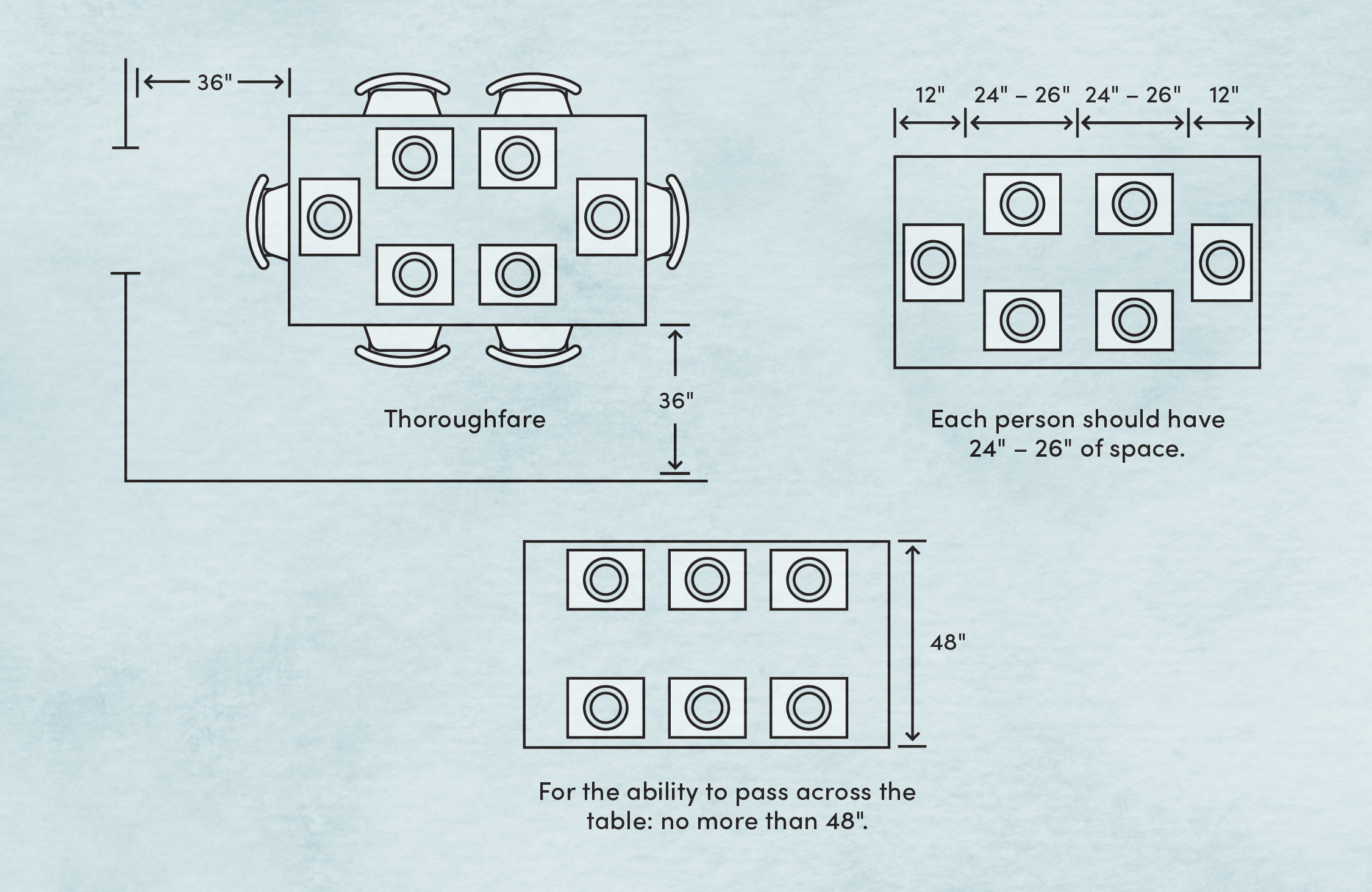


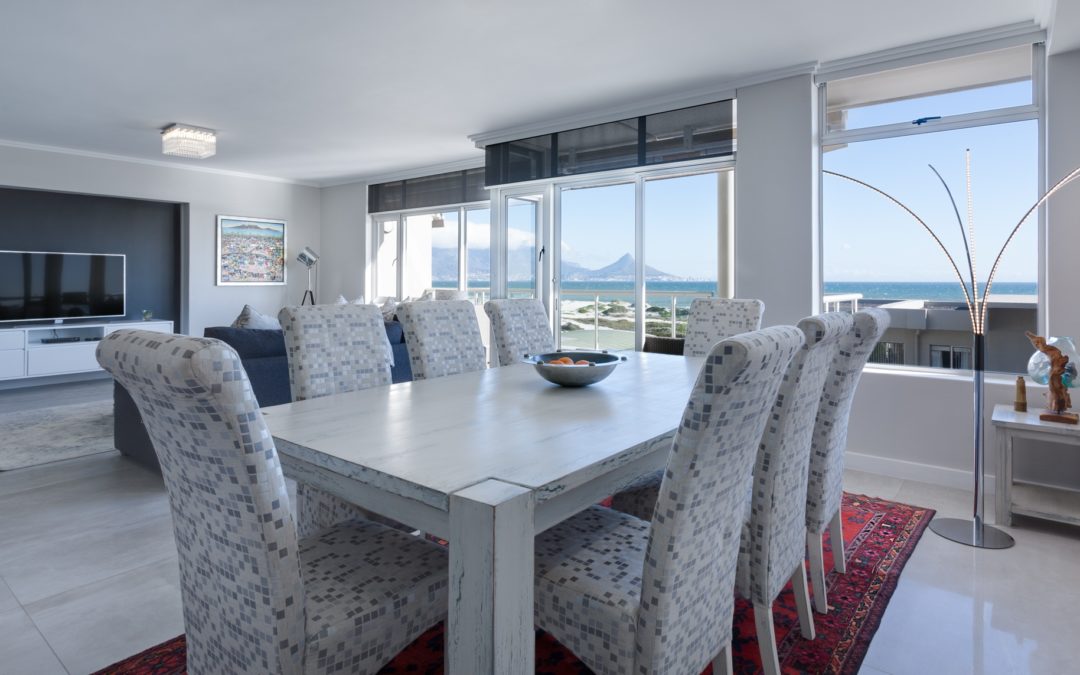


















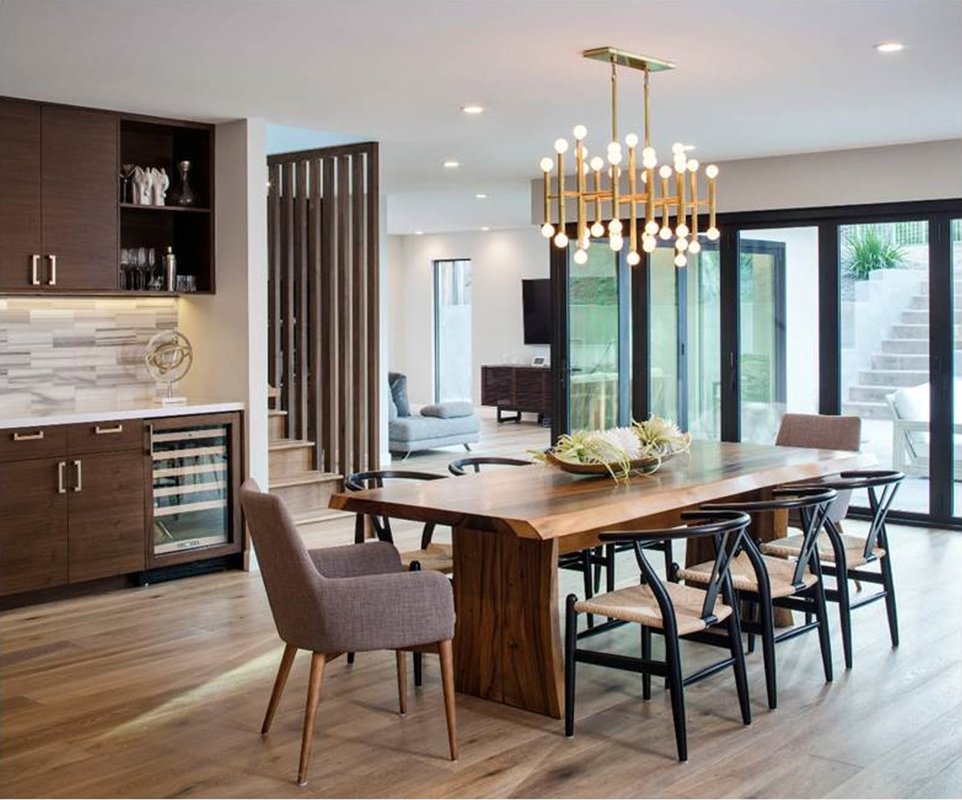
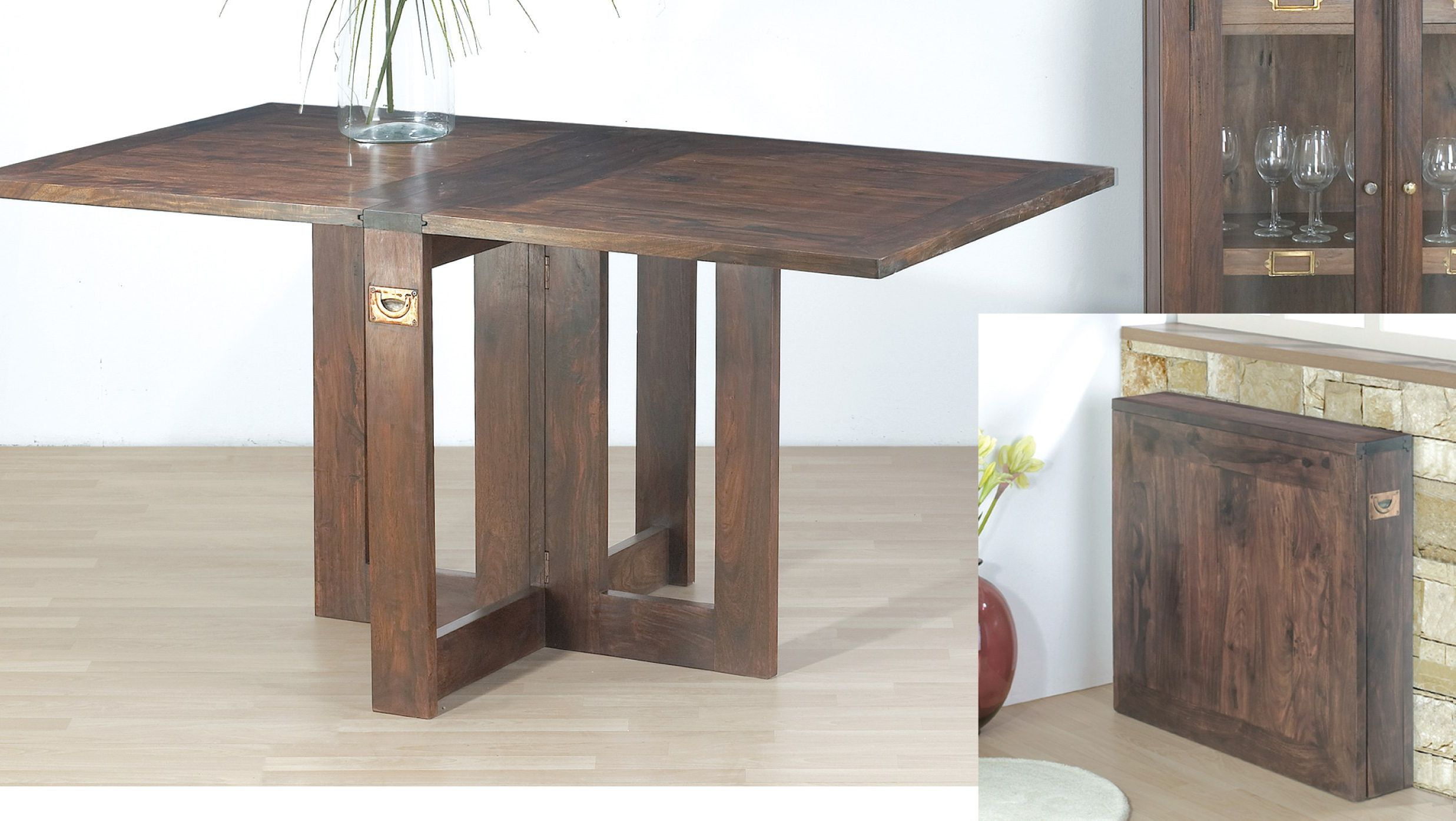




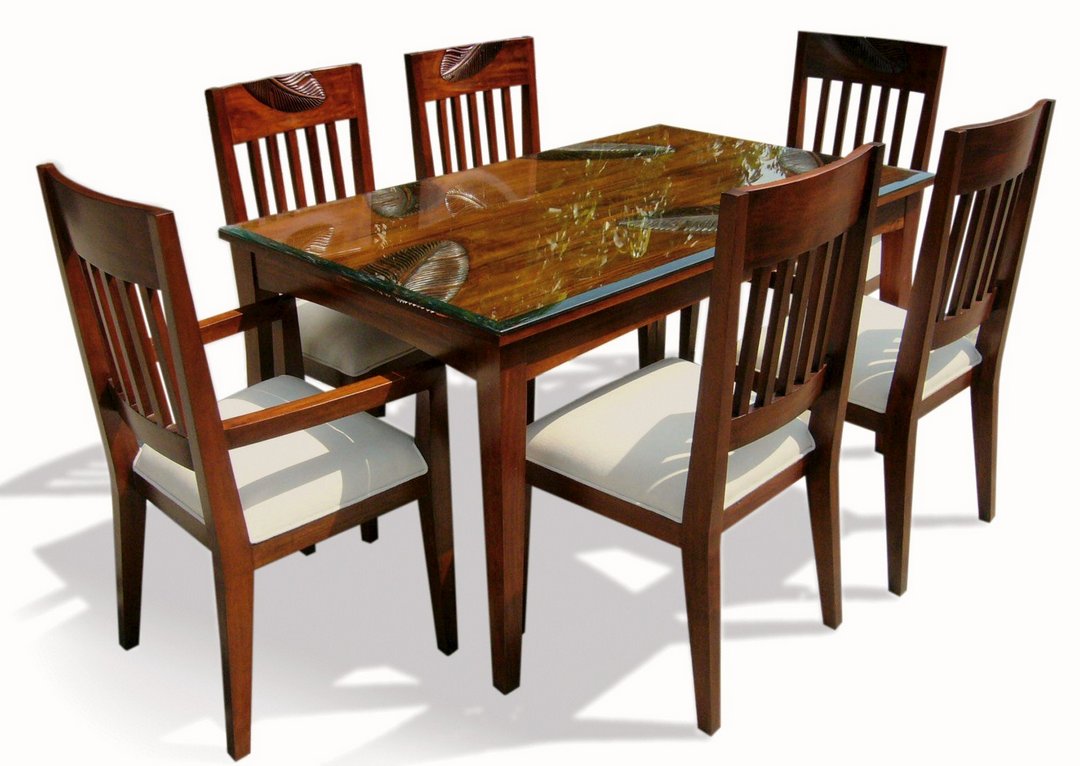


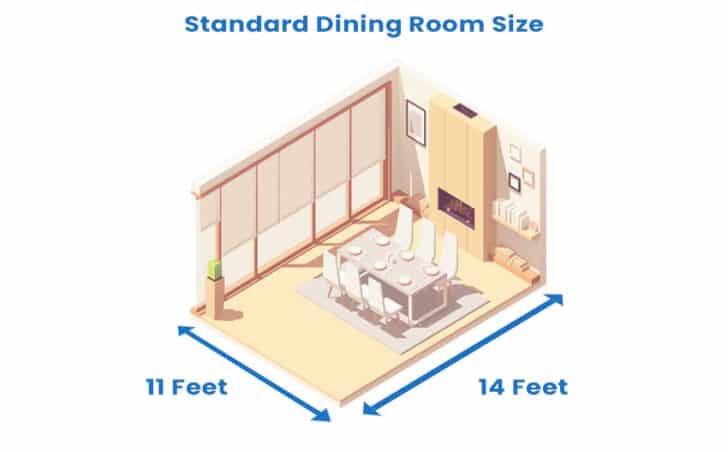



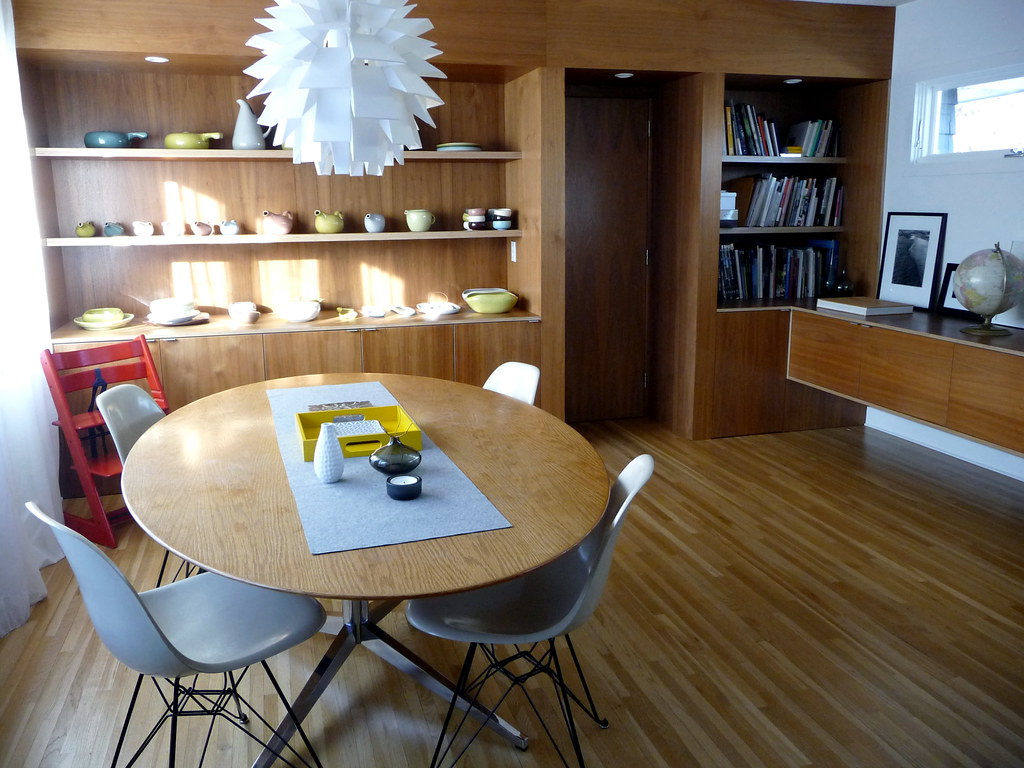



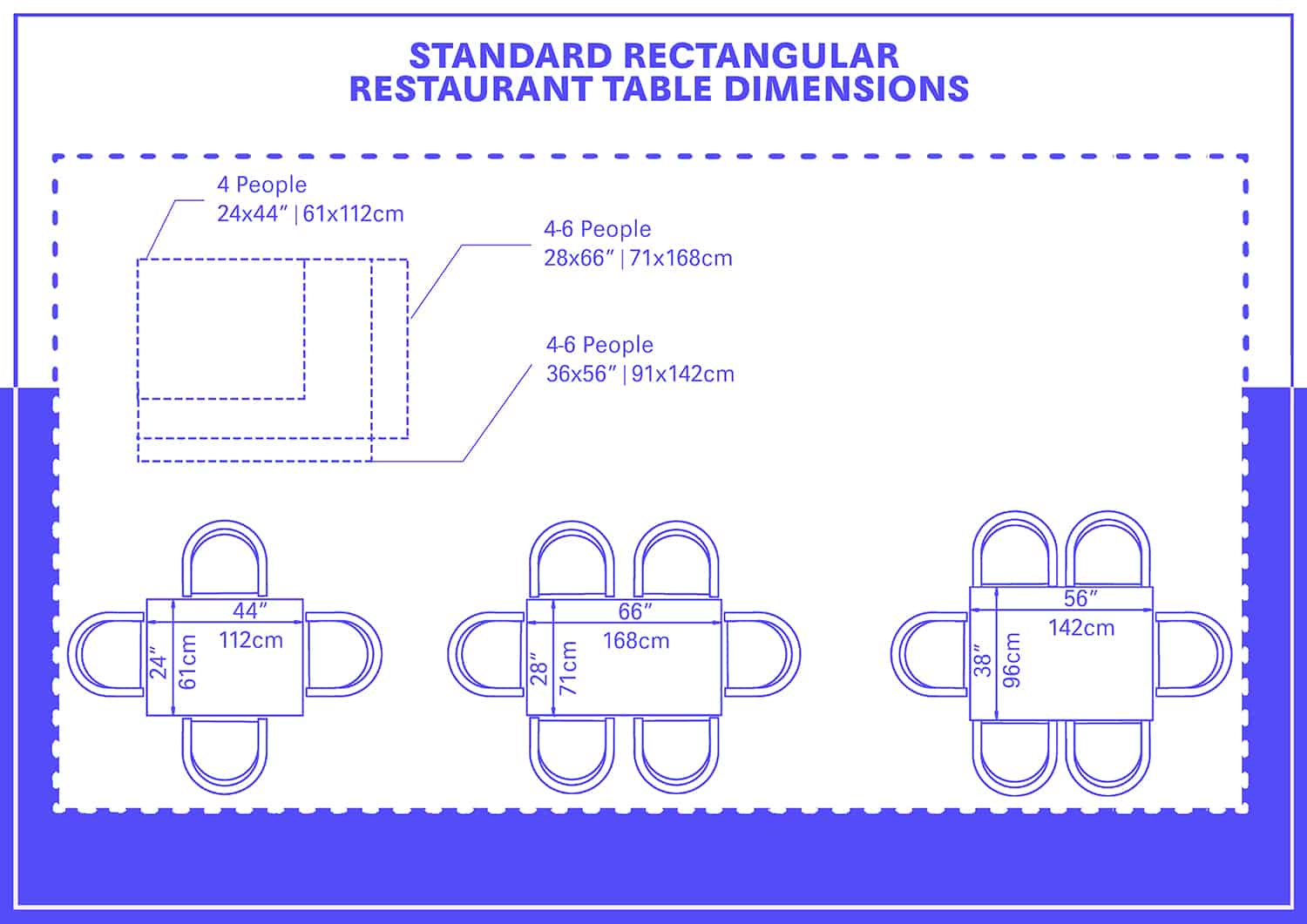




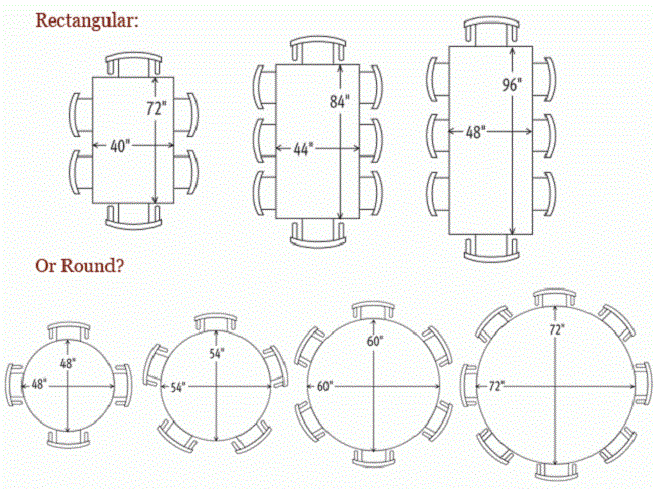
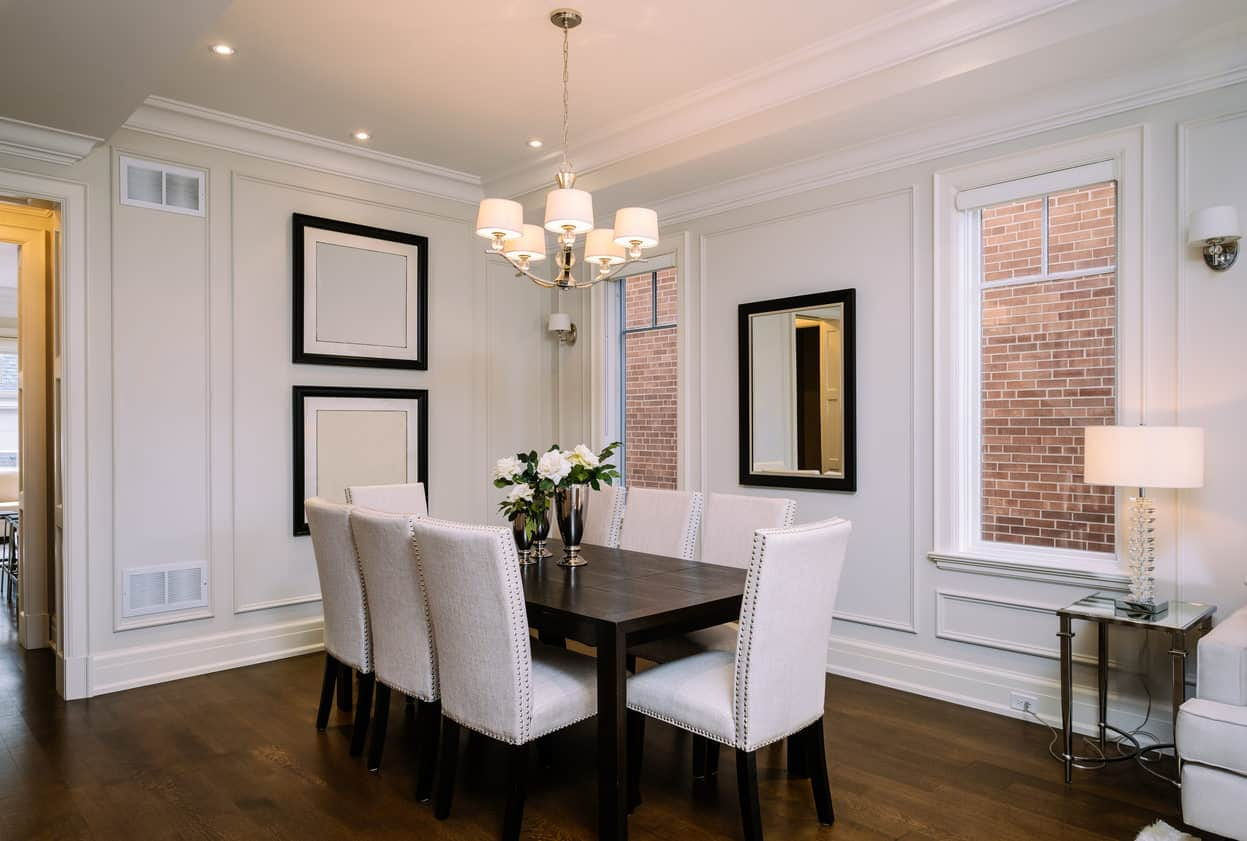











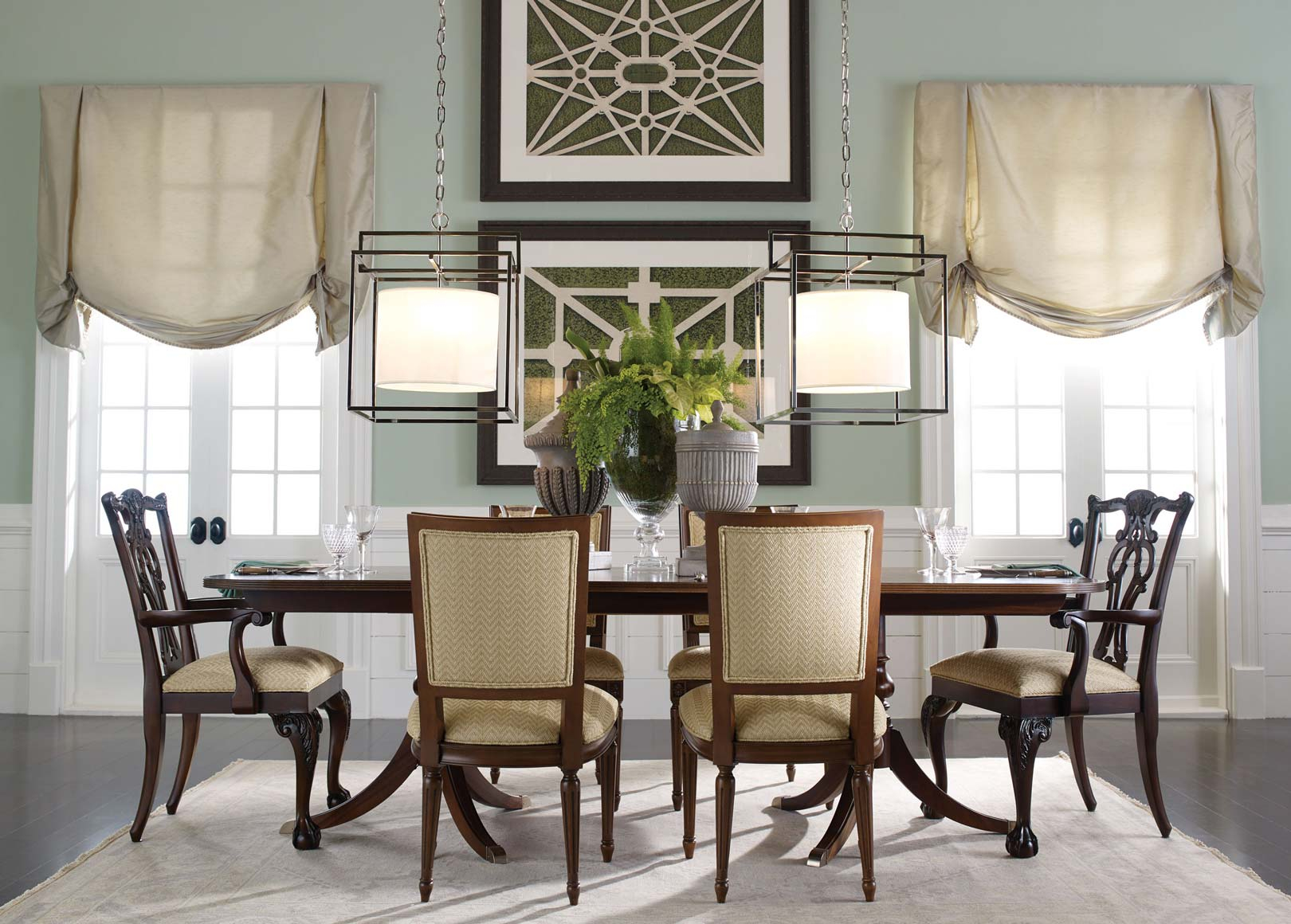
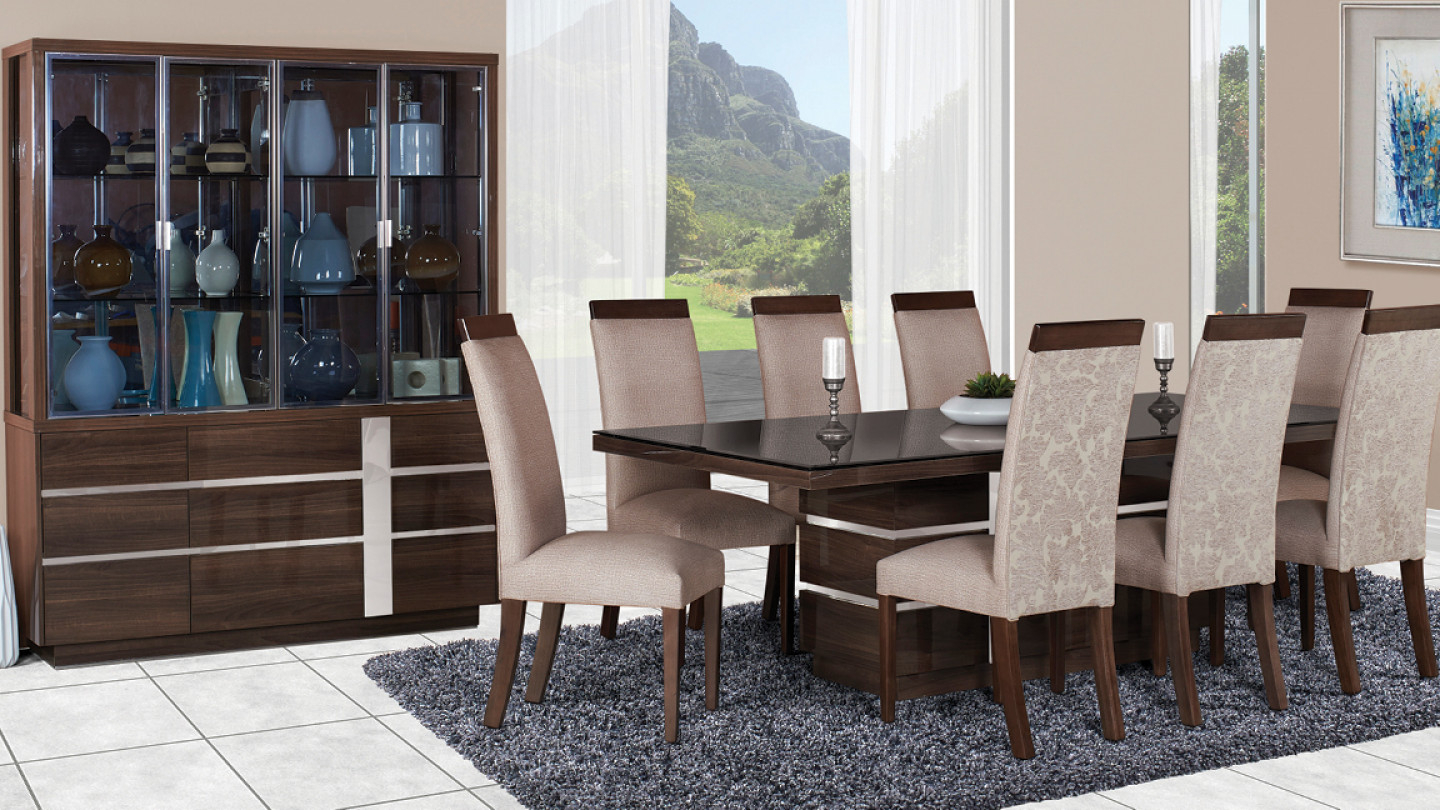
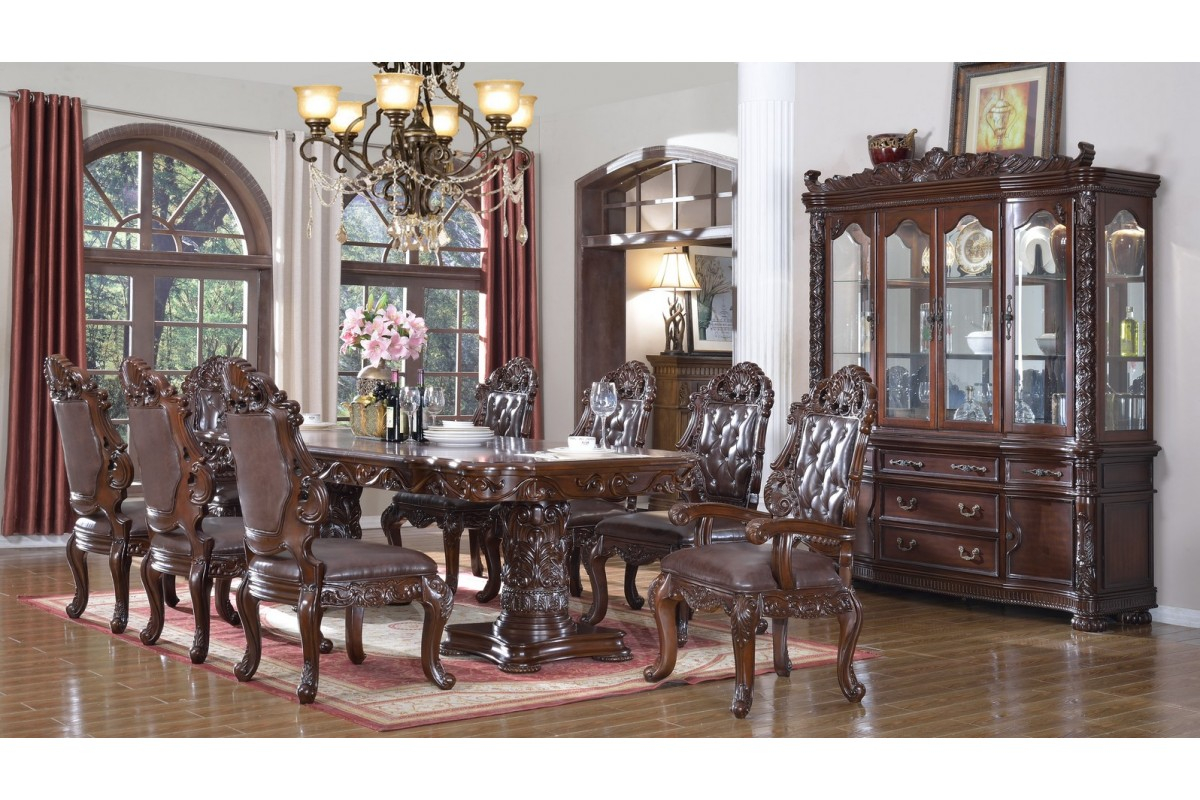
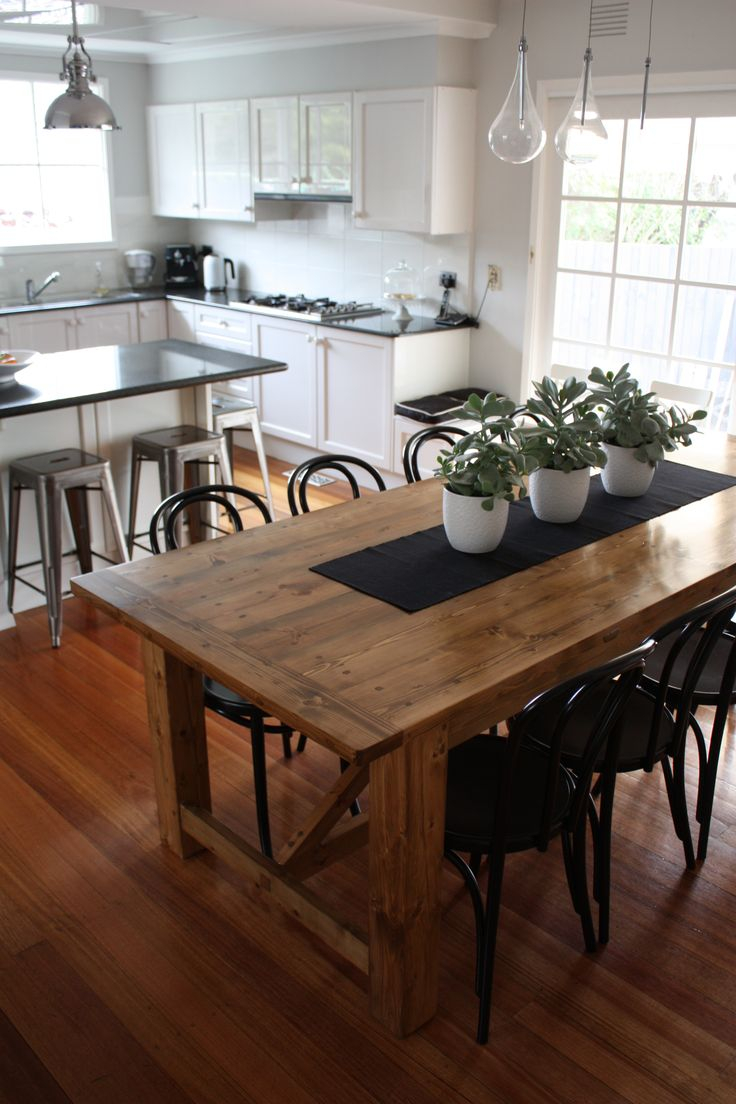
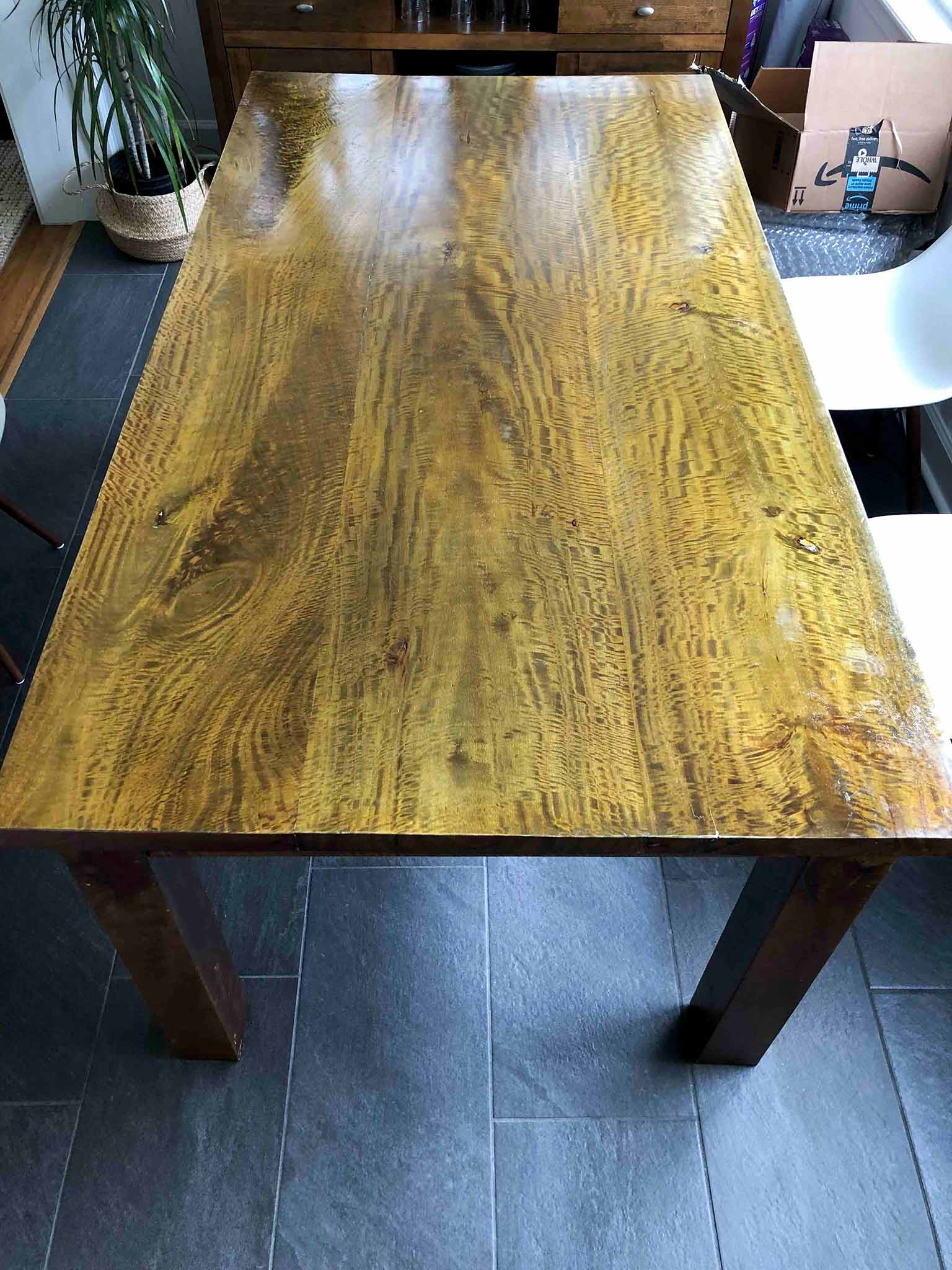
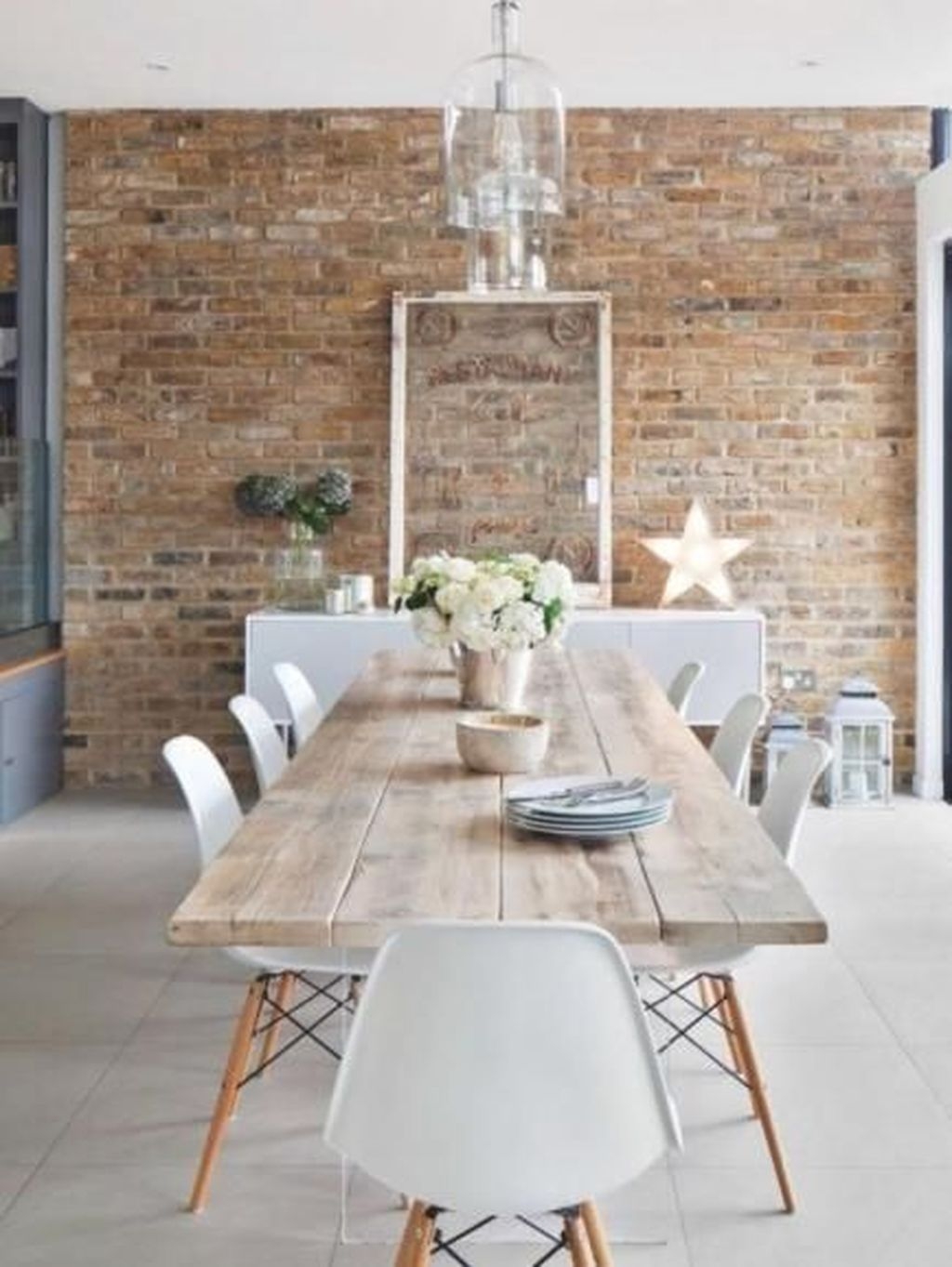



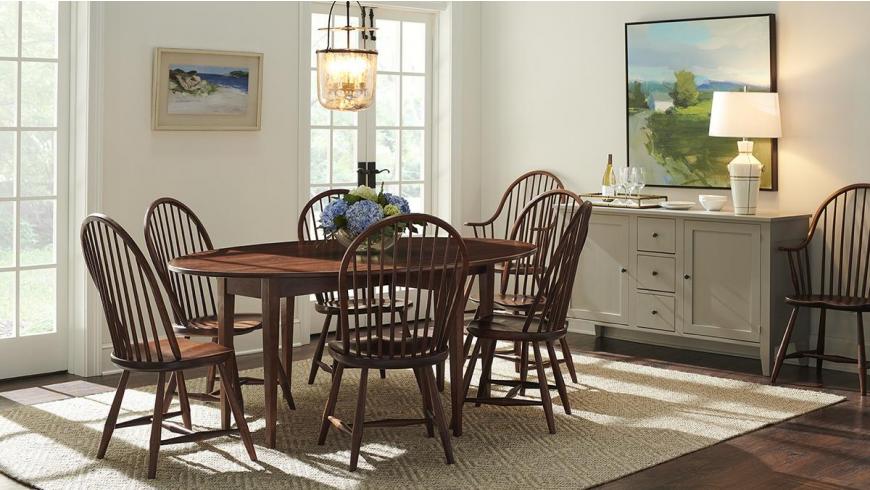

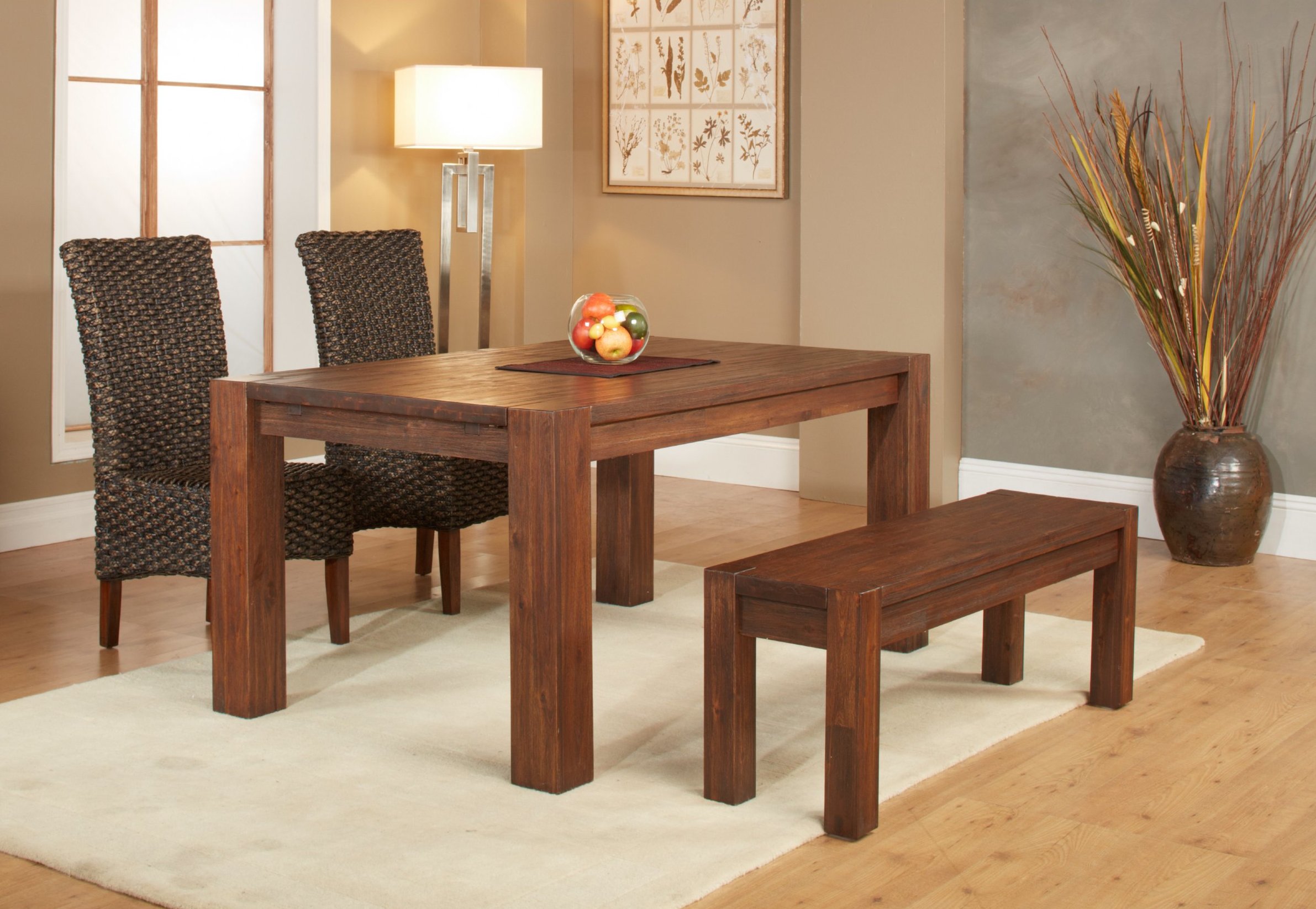







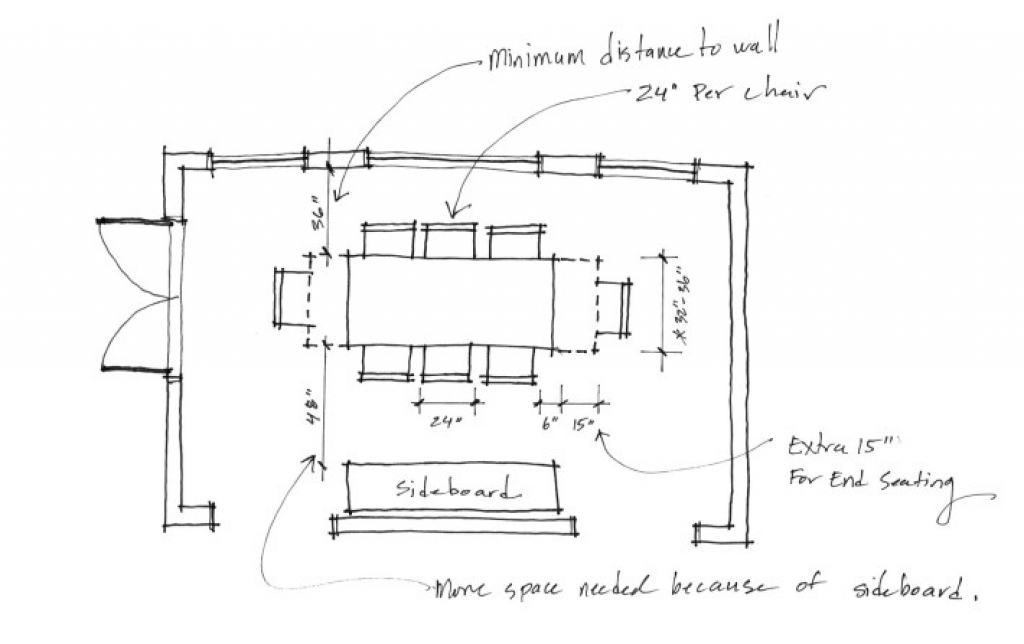






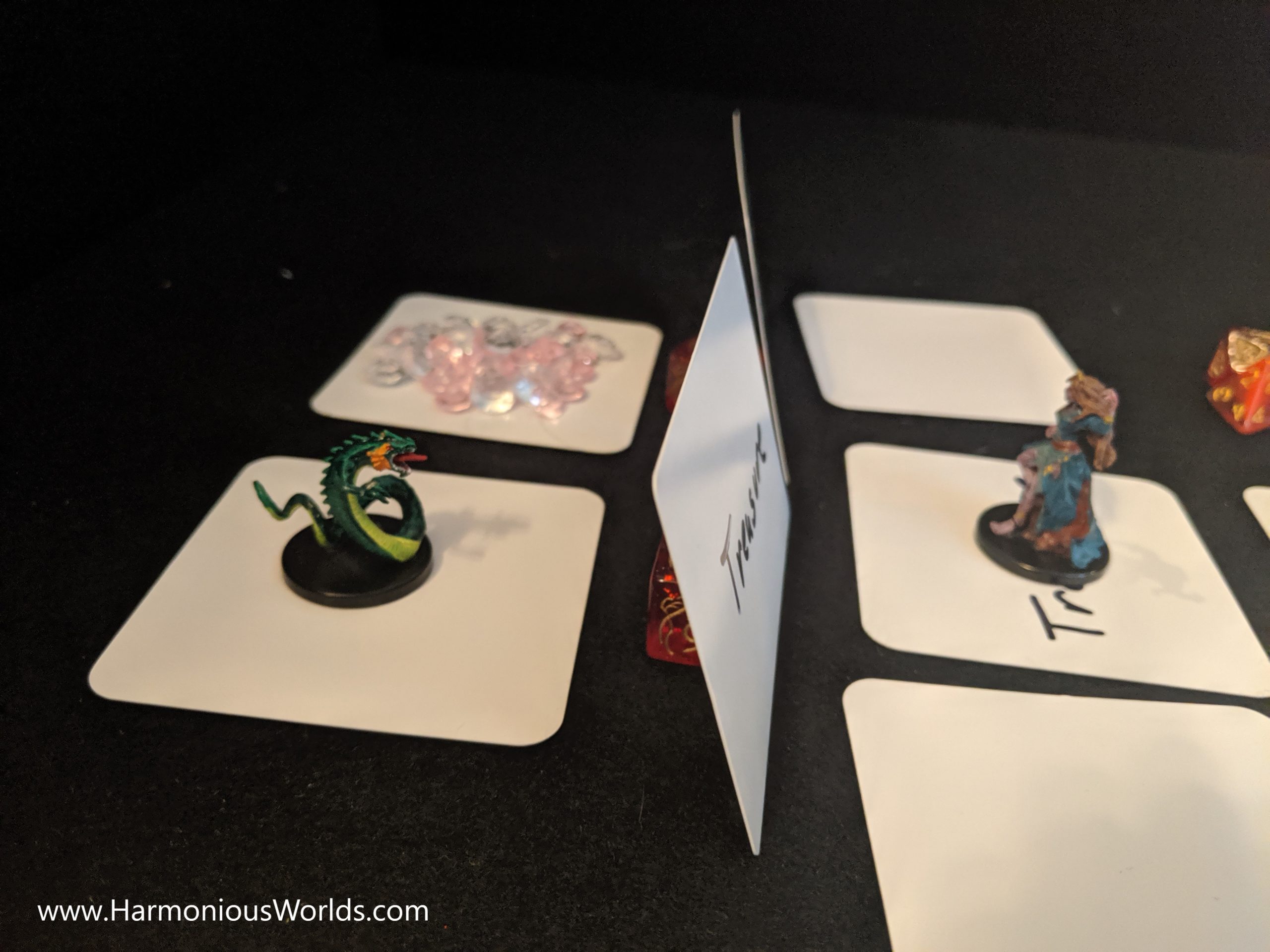



.jpg#keepProtocol)


